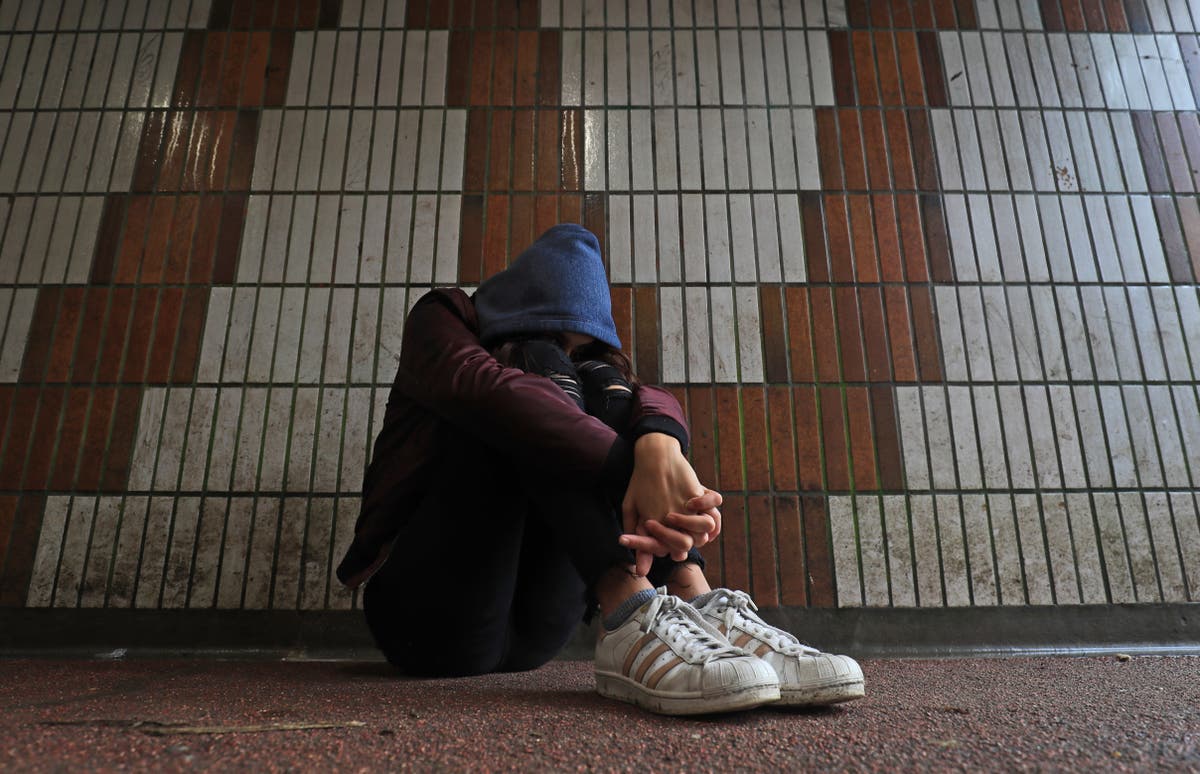Young women and teenage girls are increasingly being recruited into county line drug gangs, with charities warning that they have been offered beauty treatments such as Botox as grooming methods.
In some instances in the West Midlands, teenage girls have been offered lip fillers and beauty products as methods to groom them into carrying out criminal activity, while young mothers have been manipulated into carrying guns and drugs within their prams to avoid detection.
In recent years, gangs have become increasingly sophisticated in their methods of exploiting children, with Class A drugs, dangerous firearms, and weapons frequently being transported by vulnerable youngsters in what is known as county lines.
Calling it a “safeguarding pandemic”, Jade Hibbert of St Giles Trust told The Independent: “We have seen a massive shift across the Midlands of more and more female children being exploited. What they’re being manipulated with is Botox, fake eyelashes and fillers.
“It used to be designer handbags or clothes but what we’re seeing is more perpetrators paying for treatments.”
open image in galleryCharities have reported criminal gangs targeting young women with offers of beauty treatments (iStock)
However, women and girls continue to fall under the radar, with charities warning that they remain the “invisible” victims.
They are often viewed as valuable recruits as they are likely to attract less attention from the police, but the scale of the problem remains unknown due to a lack of solid dataset which is primarily focused on offending caused by young men.
In what is commonly referred to as ‘the boyfriend model’, girls have also fallen into abusive relationships with gang members which in some cases has led their homes to be “cuckooed” for drug operations.
In a 2023 report published by the Commission on Young Lives and Manchester Metropolitan University, researchers estimated as many as 60,000 girls in England are vulnerable to violence, primarily within a gang context, but remain unseen with most gang prevention services aimed at boys.
Charities have warned that a lack of research and a lack of confidence among the authorities and police officers to correctly identify county lines exploitation has resulted in more women failing to be recognised sooner as victims.
Johnny Bolderson, of the non-profit Catch-22, said: “We are constantly having to fight for awareness and to say this person is a victim of county lines exploitation.
“The numbers aren’t there as there is a breakdown in categorisation from police, child social services and local authorities. When a child is referred to social care, they might not identify the link to county lines, and then they get referred to a different service or they don’t qualify for a child protection plan.”
“We are seeing totally different responses to how girls and boys are arrested and approached,” he said. He said that while the charity had heard of girls being offered beauty treatments, this wasn’t the “forefront” issue they faced, and that it remained the case that they were categorised differently to young men in similar positions.
open image in galleryA lack of research and confidence from authorities in identifying female victims has led to difficulty in tracking the number of those affected (Getty Images)
In one instance, the organisation, which runs a rescue service for children found far from home and provides them with a caseworker, discovered a young girl had been arrested for selling drugs. Upon discovering she was a girl, and not a boy as initially thought, she was praised by the police officer for her “entrepreneurial” skills.
“It’s not just women and girls gangs have been targeting,” he said. “We’ve seen a slight focus on targeting LGBT+ youngsters, we’ve had three recent referrals. It’s the same as stopping a woman and girl on the train – the confidence to stop and search them just isn’t there.
“It’s just a natural progression. These gangs want to avoid detection so they go for a cohort that is less likely to be stopped.”
Due to the high demand, St Giles Trust opened a female only service in Wolverhampton and operates in every A&E department in the West Midlands, with each child partnered with a mentor once a referral has been made.
Since the Home Office County Lines programme was established in 2019, more than 5,000 drug lines have closed, with crack cocaine and heroin primarily being the predominant drug being supplied.
In the National Police Chiefs Councils report, published in March 2024 and laying out their County Lines – Strategic Threat Risk Assessment, they recorded that 8,817 individuals have been referred by police to safeguarding since 2019.
It was also noted in the report the role of women and girls within the county lines model continues to appear underreported and therefore poses a gap in their understanding.
“It is possible that gender biases, including unconscious bias, mean that they are less likely to be interacted with by the police and therefore at greater risk, as there may be less intervention,” the report said.
